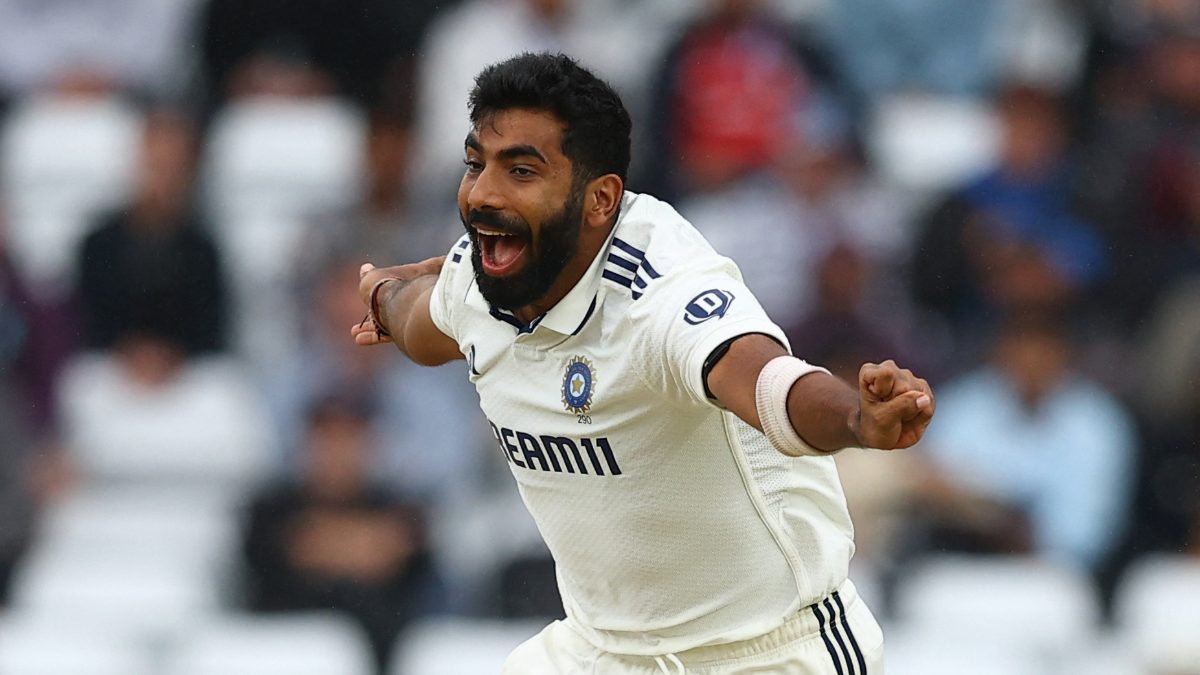

Jasprit Bumrah's unique talent and impact on the Indian cricket team are undeniable, making him a vital asset in all formats of the game. However, recent discussions have centered around whether it's time to manage his workload more strategically, even if it means him "picking and choosing" Test matches. This debate arises from a combination of his injury history, the demanding international cricket calendar, and the need to preserve his longevity.
Bumrah's action, while generating serious pace and making him a formidable bowler, places immense stress on his lower back, making him prone to injuries. He underwent back surgery earlier in the year, and the medical team has advised him to tread cautiously due to the high risk of the injury recurring. This concern is amplified by India's packed cricket schedule, encompassing Test series, white-ball tours, ICC events, and franchise cricket.
The idea of Bumrah "picking and choosing" matches stems from the need to ensure his availability for marquee events, especially major ICC tournaments. This approach was evident during the recent England tour, where he was slated to play only three of the five Tests. While he performed well in those matches, questions arose when he missed crucial games, including the series decider. Some experts, like Irfan Pathan, have criticized this selective approach, suggesting that Bumrah held back during certain moments and that the team management was being overly cautious with his workload.
However, there's also a strong argument for protecting Bumrah from further setbacks by giving him adequate rest between assignments. Sources within the Indian cricket board have clarified that it's not about Bumrah arbitrarily choosing games but rather a mutual decision to extend his career. Limiting his playing time is seen as a way to manage his injury risk and ensure he remains available for important matches.
One potential solution is to limit his spells to short, explosive bursts, using him as a heat-seeking missile rather than a workhorse. This approach could maximize his impact in 4-5 over spells instead of 7-8, especially on flat pitches. However, this could also shift the burden onto other bowlers and reduce Bumrah's effectiveness in swing-friendly conditions.
Ultimately, the decision rests with Bumrah and those he trusts. He needs to consider whether he wants to continue playing all three formats and whether Test cricket is worth the physical strain. The team management must also weigh the benefits of having Bumrah available for a few select games versus the challenges of planning for a long series without knowing his availability.
The BCCI may revisit its policy regarding Bumrah, potentially requiring him to be available for an entire series if selected. It has also been suggested that the medical team should provide a fitness report before each selection meeting and that strength and conditioning coaches should set workload thresholds for each player.
While the debate continues, one thing is clear: Jasprit Bumrah's well-being and longevity are paramount. Finding the right balance between workload management and utilizing his exceptional talent will be crucial for Indian cricket in the years to come.